You’ll see many birds hanging out in your yard in Pennsylvania. Their grace and beauty, especially as they gather around and eat from your bird feeder are often breathtaking. Occasionally you might wonder, what species of bird is that? Well in this article, we’re going to take a look at some of the most popular birds of Pennsylvania, and ones that you can frequently see out and about.
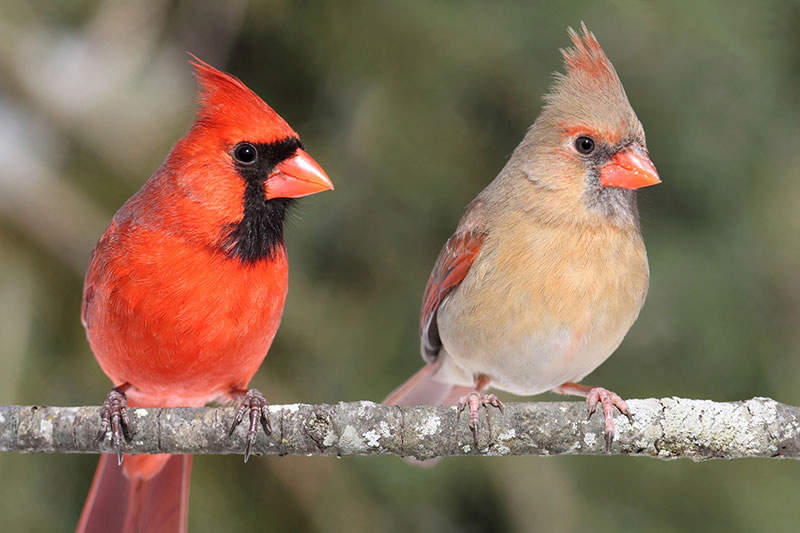
Northern Cardinal
The Northern Cardinal is one of the most common birds you’ll see flying in your backyard. These birds are mid-size with a plump body. They have a wispy crest and a long tail. Their bill is usually short and pink. One of the most unique things about the Northern carinal is its special color. They are usually bright red with a black face. The female is a bit grayer with bits of red in their wings and tail.
Cardinals are found all over the United States. Anywhere that has seeds made perfectly for chewing with their large bills is the perfect place for a Cardinal. They can even crack open a sunflower seed and spit out the hull.
You’ll often see these birds in male and female pairs on your feeder. These bright creatures love to dine on berries and nuts, too.
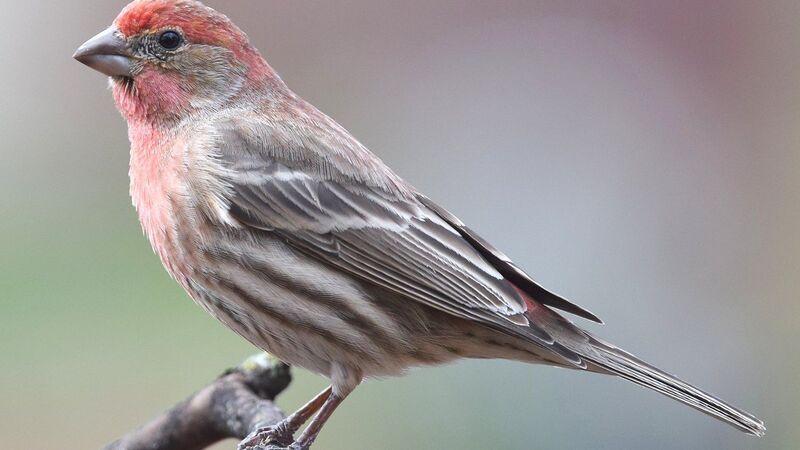
House Finch
There are many different types of red finches, but the House Finch is the most common. This tiny bird is only about six inches long with a medium build and a round head. They are usually brown and gray with streaks. The males will often appear red and orange.
The House Finch loves to hang out on wires and treetops. You often see them in bunches. They’re actually found throughout the United States now. You can hear the males singing all year round.
House finches enjoy eating sunflower seeds and thistle socks.
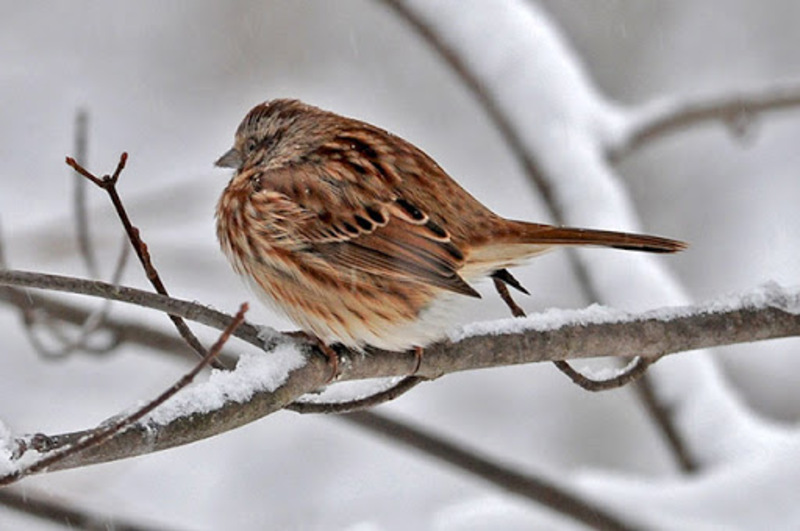
Song Sparrow
The Song Sparrow is one of the most popular birds of Pennsylvania. It can be told apart by its streaks of brown with patches of gray. This type of Sparrow has a plump body with a long tail. Its bill is short. The Song Sparrow has streaks along its sides and breast, but its central breast is one large spot.
The Song Sparrow is often found in dense areas of your yard. They love dense shrubbery. They never stray too far from cover so they can fly if they see a predator.
This bird feasts on insects and seeds found near the ground. They love to visit your hopper for mixed birdseed, too.

Baltimore Oriole
The Baltimore Oriole may be seen in your trees, but won’t usually come down to your feeder. This songbird male has a bright orange breast with black along its wings and head. The female has more of a yellow breast and lighter coloring along its body.
The Baltimore Oriole loves to visit in spring. You’ll often see them in the fruit trees searching for yummy food. They love fruit and nectar. Listen for its sweet song as it flies from branch to branch.
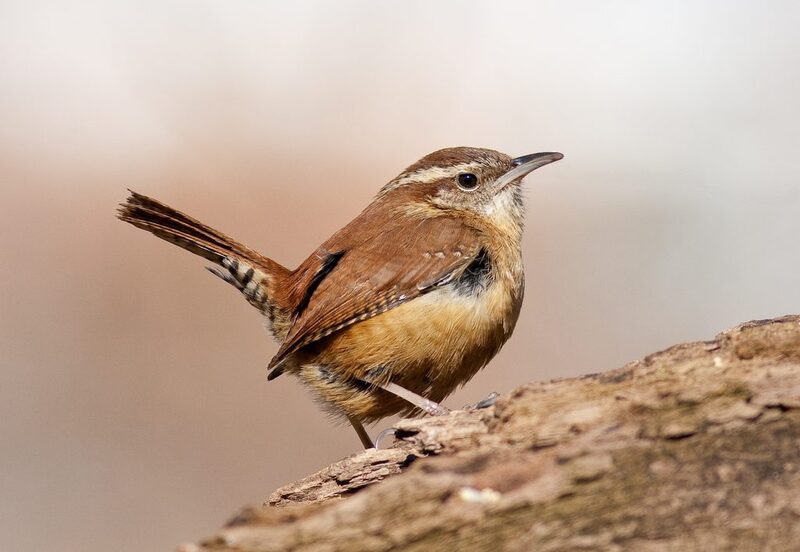
Carolina Wren
This cute little bird is very common in most of the eastern US. They have a round, tiny body with a flat head. Their long tail flips in an active motion. Their bill is thin, pointed, and curved. A Caroline Wren is usually rusty brown at the top with black bars along the tail and wings.
The Caroline Wren hangs out in brushy yards and shrubs. You’ll hear them singing throughout the year. For a tiny bird, they have a ginormous voice.
Suet is a very popular dinner to a Carolina Wrench. They will also order spiders and insects for lunch.
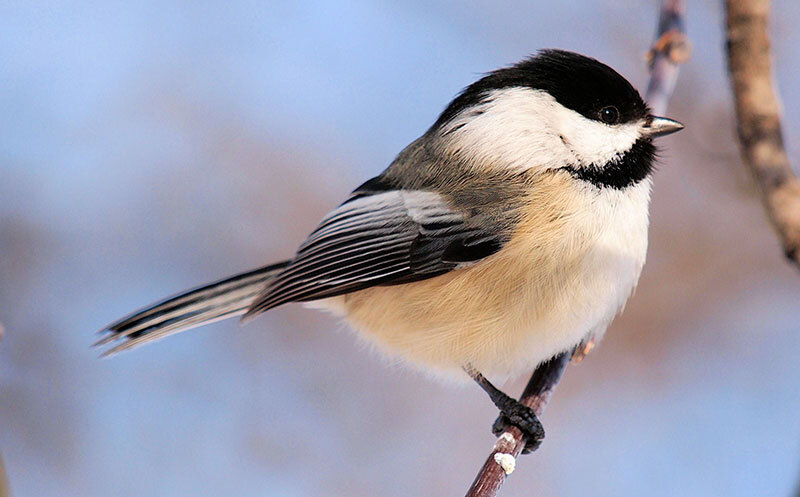
Black-Capped Chickadee
The Black-capped Chickadee is one of the tiniest birds in your yard. Don’t let it trick you because they’re a fierce little bird. They love humans, too. They may even take food from your hand.
This sweet bird has a familiar song as it sings in your trees. You can easily recognize it with its “black cap” atop a white and gray body. It’s a cute little, chunky bird.
This bird loves simple suet and birdseed.

Gray Catbird
The Gray Catbird is so common that it’s often hard to label it. These birds have a black tail with a gray body. Sometimes they will appear rusty under their tails. They get their name of “Catbird” because their songs often mimic the sound of a cat’s meow. These birds love to sing so much that you’ll hear them miles away.
The Catbird loves to play in orchards, scrubs, or woodlands. You’ll notice them hopping along your bushes sometimes. These birds actually defend winter territory.
They enjoy dining on berries and insects. These birds don’t really care about a seed feeder as they like to hunt along the shrubs. You can also place suet, fruit, jelly, and water in these areas to attract them.

White-breasted Nuthatch
The White-breasted Nuthatch is one of the most fun flyers to watch because they are often fearless. This small bird packs a big punch. The White-breasted Nuthatch is smaller than a House Finch with a big head. They often appear neckless with a short tail and short legs. They are usually blue and gray on the top with a white torso. You can easily identify them by their rusty tail feathers.
The White-breasted Nuthatch is most often found in the oak-pine woodlands. They aren’t popular in desert areas. You’ll notice them in your trees crawling over branches searching in the trunks for insects to eat.
These birds love to eat acorns, seeds, and insects. Their favorite is black oil sunflower seeds in a feeder or eating suet blocks.

White-throated Sparrow
Just like its name implies, this bird has a white throat that is very distinct against its gray face and breast. The rest of its body is usually striped tan and brown. The White-throated Sparrow has a shorter neck with a round head. Its tail is long with a notched tip.
The White-throated Sparrow loves brush, woodland edges, and forests. They’re often found in smaller flocks on the ground. You may notice them kicking leaves to find hidden bits of food.
They love to eat berries and seeds during the winter months. In the summer, they will usually dine on fruit and insects.

Rose-Breasted Grosbeak
The Rose-breasted Grosbeak usually spends the colder months in a tropical climate. You’ll see them landing in your garden in the springtime. The males are dominant with white and black plumage complete with red spots along their chest. The female looks like any other bird. She is brown and white, so many people mistake her for another species of bird.
This sweet bird is shy at first. Once they start dining on your feeder, you’ll notice them on more occasions. The Rose-beasted Grosbeak is all about suet, so a yummy seed mix will make them happy.
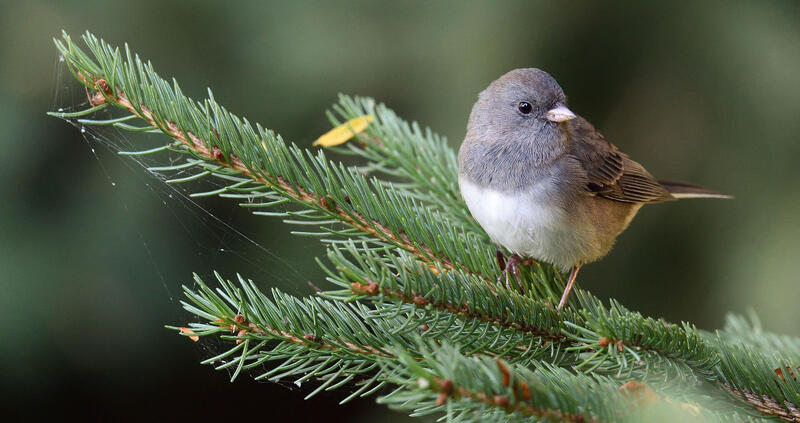
Dark-Eyed Junco
You’ll find the Dark-eyed Junco hanging out during the colder months. Sometimes they will randomly stick around until Summer. They are easy to spot and recognize. This is because they have a lighter-colored belly with a dark gray back.
Many people love to call these friendly flyers “snowbirds” because they are so easy to spot in the snow. They are one of the most beautiful birds of Pennsylvania when you spot them in the snow. They enjoy breeding in coniferous forests. They usually avoid the heavy brush and prefer bushes spaced widely apart.
You’ll notice these little guys hopping along and eating whatever they find on the ground. They love seeds and insects. You can find them on your feeders chewing on mixed seeds, too.

American Crow
The cawing call of an American Crow is unmistakable. This bird is the large black bird you hear cawing loudly in your trees. It’s almost 18 inches long. These birds are even larger than grackles, but smaller than a raven. With its thick neck and large head, the American Crow glides through the air.
These birds are usually found high in your trees or in open areas. They are often seen gathered in large flocks. Many people find it scary to see so many American Crows in one place at dawn.
The American Crow loves to eat grains, insects, dead animals, and small mammals. They aren’t great on your feeders. If you feed them table scraps, you might find them fighting other birds to get to your suet.
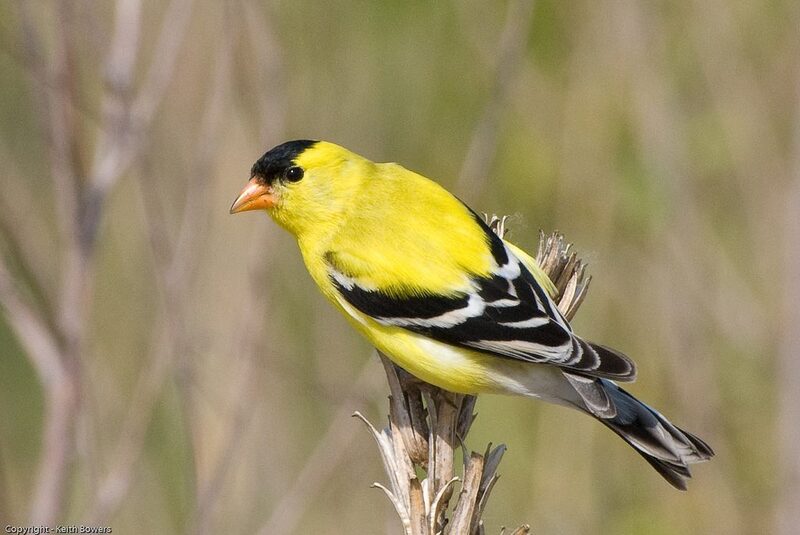
American Goldfinch
This beautiful bird shines with its bright yellow body. Often called a “wild canary,” this guy is small at about five inches. Still larger than a hummingbird, the American Goldfinch has a large head and short tail. The males are the ones that appear bright yellow in Summer with black wings. The females often appear olive. In Winter, the birds are more of a grayish-yellow color.
The American Goldfinch is often found in fields full of weeds. They like to stay in the lower states but move north during the summer.
These pretty birds like to eat weed seeds and thistle seeds. This is why they enjoy tall weeds in the field. They will also eat sunflower seeds from a bird feeder.
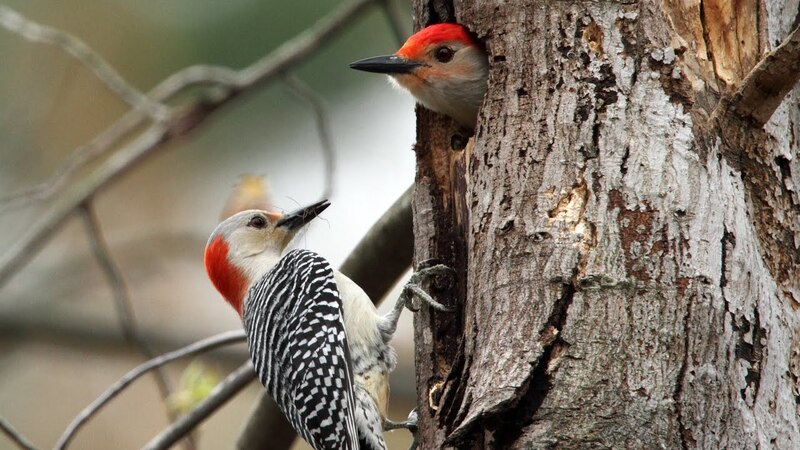
Red-bellied Woodpecker
You can’t ignore the familiar sound of the Red-bellied woodpecker chiseling into a tree. This guy is a bit large to be hanging out in your backyard. It’s got a large head paired with a shorter tail. You’ll notice it propped on a tree with its strong legs. The Red-bellied Woodpecker is usually gray with black and white stripes along its back or wings. The red is found on its nape. This color extends forwards on the crown on male Red-bellied Woodpeckers.
This type of woodpecker loves to hang out in the trees. Their favorites are pine, hickory, and oak trees. They’ll set up on the trees with the largest branches.
The Red-bellied Woodpecker orders nuts and insects at lunch. They’ll also eat peanuts and like a yummy suet block from your feeder.

Red Crossbill
The Red Crossbill is a very common bird to find feasting in your yard. They love to forage in flocks. They even fly in unison through your trees. The male and female Red Crossbill look very different. The male is red with darker wings. The female is usually yellowish with brown on the top.
These birds are pretty small with a notched tail. Their bills twist when closed.
You’ll find these guys feasting on everyday suet at your feeder.
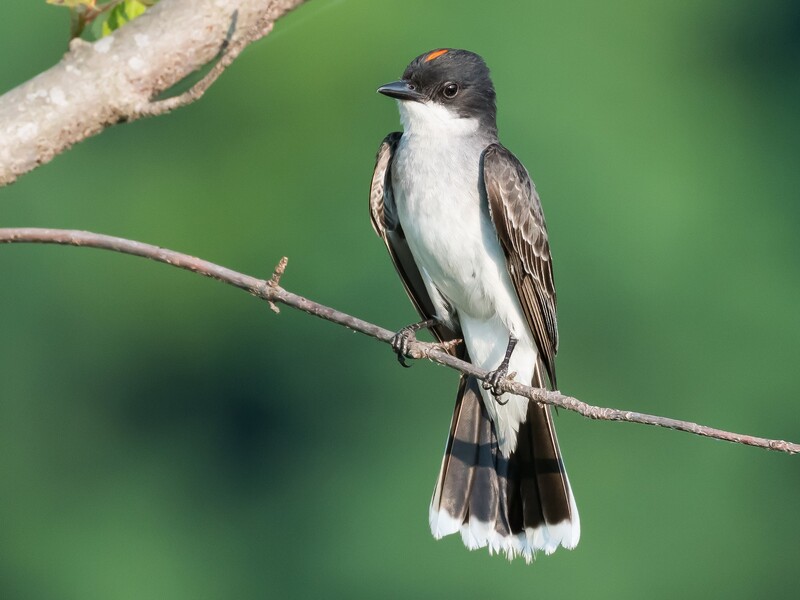
Eastern Kingbird
The Eastern Kingbird is often found in the state in the warmer months. This bird is a medium-sized bird with a large head. His bill is short and straight. The Eastern Kingbird looks like many other birds with a black body and a lighter interior.
These birds love to sing. You can usually watch them hopping from tree to tree singing their favorite tune. They enjoy your trees, but will also play in the grass.
You can feed them seed on your feeder or watch them as they hunt for their favorite insects.

Wood Thrush
The Wood Thrush is a little shy, but also a little bold. You’ll be able to name it by its warm-reddish body with black spots on the bottom. You might not see these little creatures come out much. They like to hop through your leaves without being noticed.
The Wood Thrush likes to dig and probe for insects. They are often found in the woodlands. YOu’ll hear them singing on a bright morning.
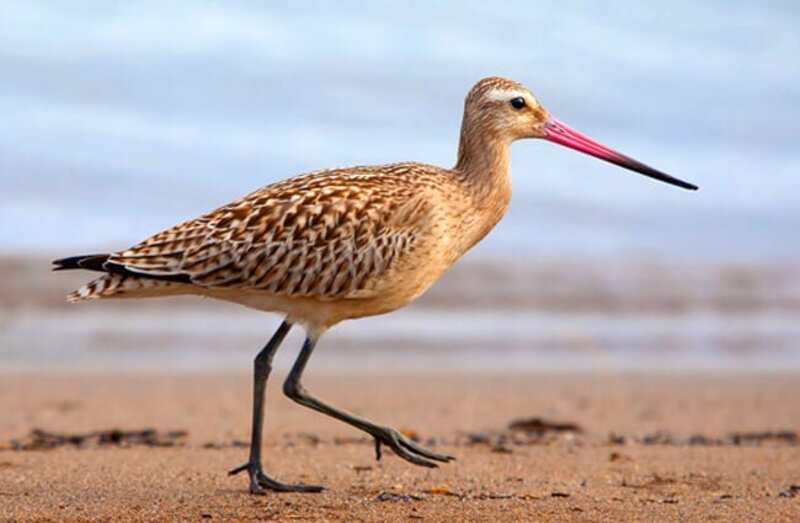
Sandpiper
The Sandpiper might not be found in your bird feeder, but you can definitely find them hanging out looking for food. They have long bodies and long legs with narrow wings. Their bills are narrow, but very strong. This bird is about medium-sized.
The Sandpiper is usually a brownish or grey color. They hang out in open areas. These birds feast on little insects mostly. They love to peck and probe for food.
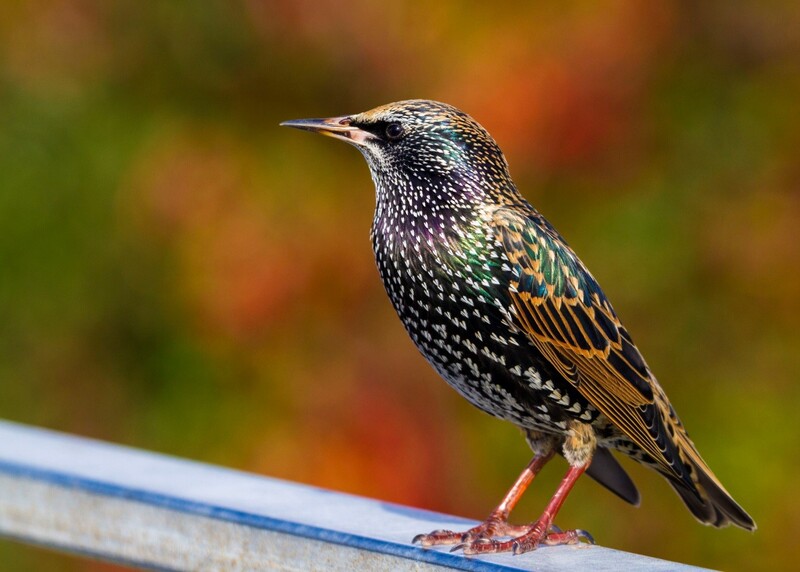
European Starling
Starlings often get a bad reputation as being a bully of the backyard birds. They like to take over bird feeders and steal other bird’s nest cavities. They’re almost nine inches long with a stocky body. They usually have larger heads and short tails. The European Starling is usually Yellow in the spring and darker at other times of the year. They will often have white spots in the spring on their glossy coat.
A European Starling loves to hang out in trees. They like to find artificial nest cavities to eat their food. They’ll even steal a nest cavity many times from other birds. You’ll notice in the winter they’ll hang out in enormous flocks. Think of them as the scary gang of birds that isn’t cool with others joining them.
These bullies like to eat insects from the ground. Try not to feed them table scraps or you may find them fighting other birds on your tray feeder.
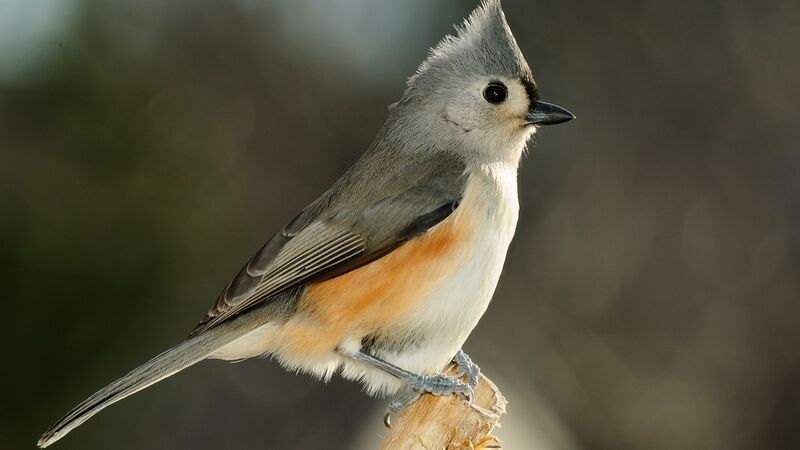
Tufted Titmouse
Cute as a mouse, the Tufted Titmouse joins the list of birds of Pennsylvania. This species is small, but larger than a chickadee. They have a stout bill and long legs. The Tufted Titmouse is dark bluish-gray with a paler bottom and black feathers around its eyes.
The Tufted Titmouse mainly lives in forests. They like a heavy canopy.
You can put suet and sunflower seeds to attract them to your bird feeders. They also like to dine on insects in your yard.

Scarlet Tanager
The Scarlet-tanger is hard to miss. The male is bright red with black wings and a black tail. He looks a lot like a male cardinal. The Scarlet-tanger is often unknown as it doesn’t come out to play very much.
The Tanger loves to hang out high in the forest. It doesn’t come to feeders as often until mating season. They enjoy jelly, mealworms and suets. The Scarlet-tanger is attracted to all sorts of seeds as well when it does come into the public eye.

American Robin
The American Robin is one of the most recognizable birds all over the glove due to its orange breast and gray body. These sweet birds are about ten inches long. Their bill is straight and slender with a curve at the tip.
The Robin lives in farmlands, lawns, and even urban parks. You can hear their sweet singing in early spring.
The American Robin takes its place among the birds of Pennsylvania as one that loves eating mealworms. They aren’t as into everyday seed feeders. They’ll naturally come into your yard for grubs and insects in the spring and summer.
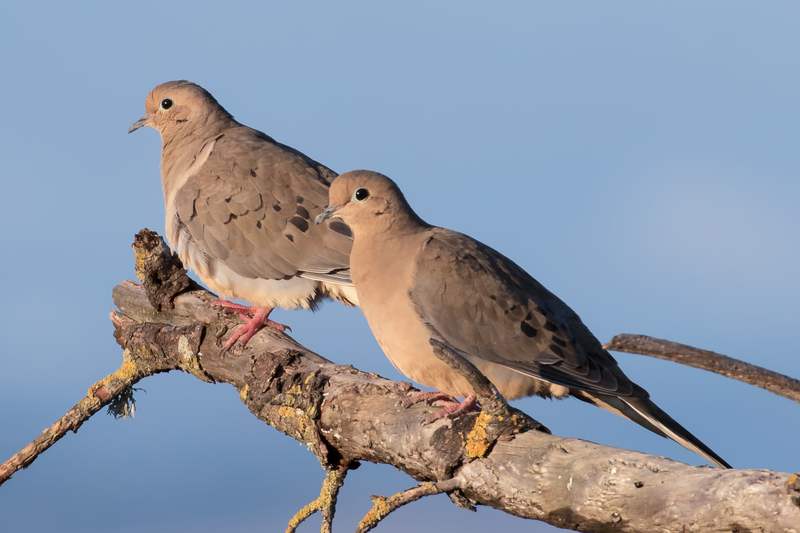
Mourning Dove
Many people mistake this sweet dove for a little pigeon with a lot of plumage. They coo along the tops of trees and houses. They’re quite entertaining to watch as they bob their heads trying to find food in your yard. They love any kind of birdseed.
This bird is about 12 inches long with a plump body. They have a slender, small bill. Their body is usually brownish-pink with dark wings.
One funny thing about Mourning Doves is that they seem to whistle as they take flight. This is actually a sound that stems from their feathers on their wings.
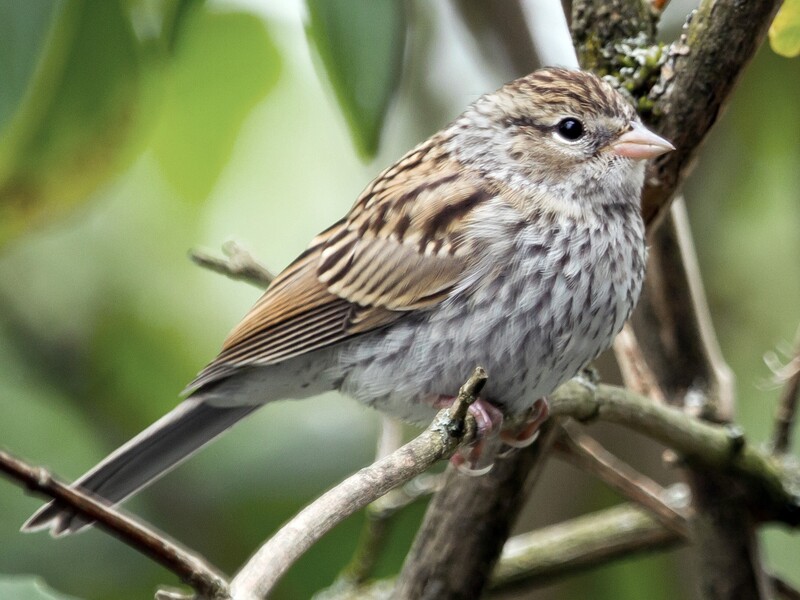
Chipping Sparrow
The Chipping Sparrow is tough to tell apart from some other birds. They have a reddish-brown cap with a white breast. This little dude loves to hang out with other smaller birds in your backyard. They don’t mind hanging out with birds of all shapes and sizes.
The Chipping Sparrow is now to chip from the tops of your trees. It’ll chirp and sing as it plays. They like to hang in your yard looking for insects.
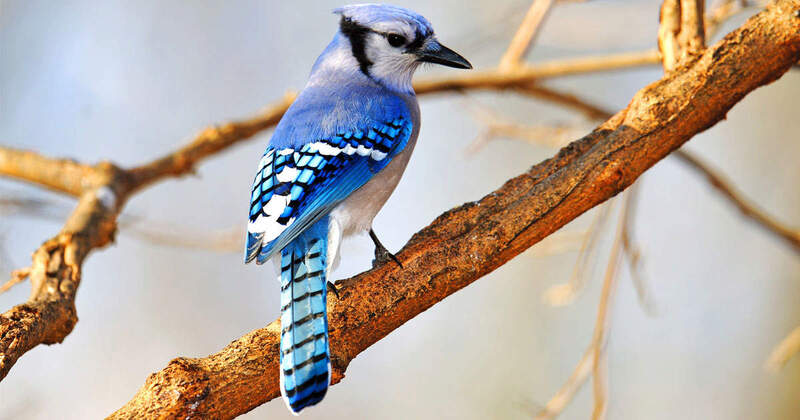
Blue Jay
The Blue Jay is well-known for its blue body. Oftentimes, the Blue Jay will have patches on their wings with a black neck collar. Their heads are filled with a fluffy crest.
Blue Jays are brash and bold. You may find them bullying smaller birds in your yard. They like to eat lots of food at once then store it in their crop. They even fly away and bury food in hidden areas away from other birds.
The Blue Jay is sometimes a bully, but sometimes a pal. They are often the first to alert other birds when they’re in danger. The Blue Jay’s loud communication efforts help birds find shelter when a predator is nearby waiting for their lunch.
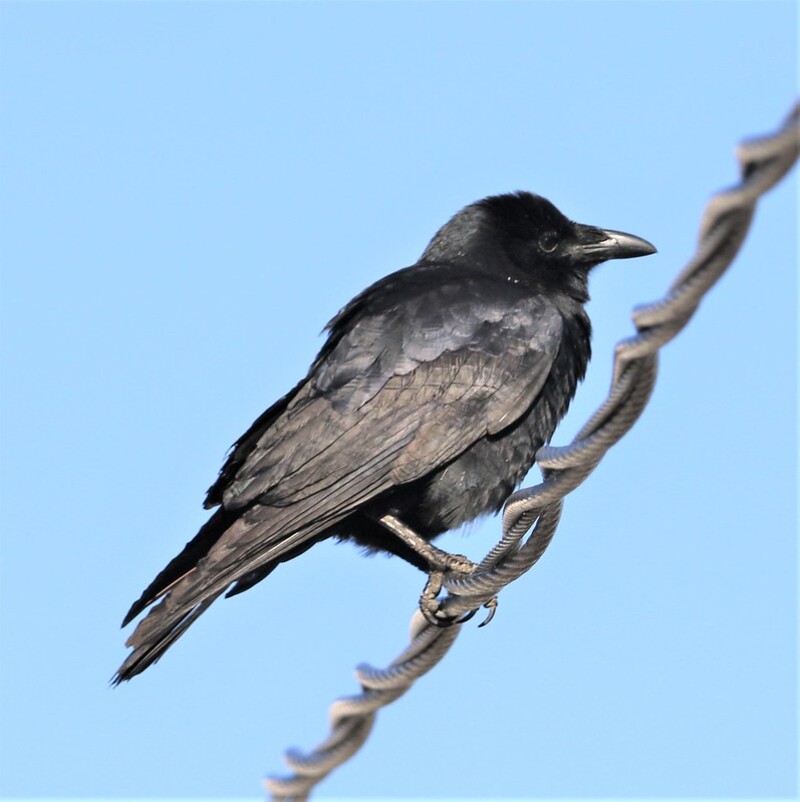
Fish Crow
The Fish Crow is a smaller version of the American Crow. You’ll notice it by its nasal voice. This dude loves to hunt near the water, but you may find it in your backyard. They love to travel in large flocks.
These birds are usually all black and look like many other species of birds. A strange difference is that this bird will sometimes be seen eating trash. They also dine on dead animals, insects, fruit, and regular seeds.
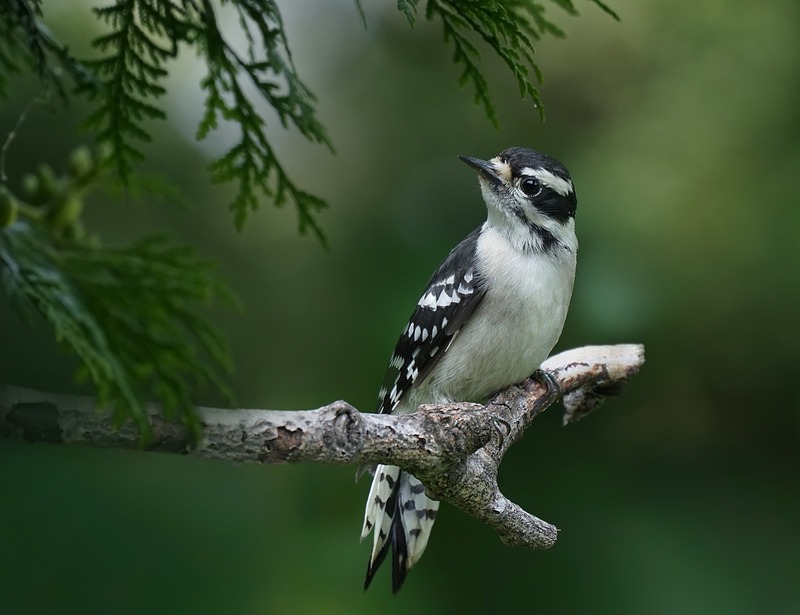
Downy Woodpecker
The Downy Woodpecker is one of the coolest birds to watch in your yard. It’s shy at the beginning but then hangs out in your yard as much as it can. You’ll notice it drumming away on dead trees in your area trying to find insects. This bird is a loud one.
The Downy Woodpecker is a medium-sized bird with a large head. Its bill is chisel-shaped. They usually have a black-and-white striped head with spotted black wings. Sometimes the male will have a red spot on the back of his head.
These birds are usually found in trees pecking away. The males often enjoy hanging out in smaller twigs and plants, while the females prefer tree trunks. They’ll feast on seeds, fruits, and insects. They also love suet in your feeder.
Final Words
Backyard birds of Pennsylvania are often exciting to watch. Now that you know more about them, you can easily analyze the types of birds you usually see and what they love to eat. With over 10,000 types of birds flying around, you’ll never run out of new kinds to explore. Make sure your feeder is stocked and ready for all kinds of feathered friends.
Related
- Interested in learning more about birds around America? Check out our article on the woodpeckers of ohio.
- The blue cardinal is a commonly talked about myth amongst birders. Read our article on the mythical blue cardinal to find out more about this entertaining bird equivalent of “bigfoot”.
Leave a Reply